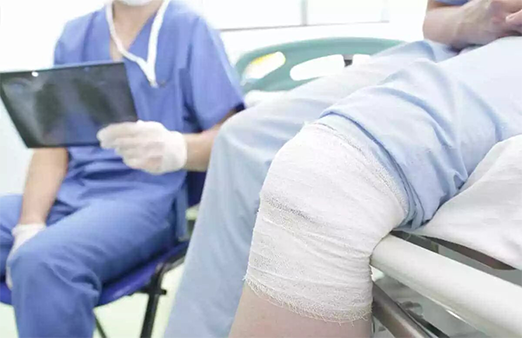Accident clinics alleviate ER crowding efficiently
Emergency room crowding has become a significant problem in healthcare systems worldwide, leading to delays in care and potentially compromising patient outcomes. Accident clinics have emerged as a crucial solution to this issue, playing a vital role in reducing emergency room crowding and ensuring timely treatment for non-life-threatening injuries.
One of the main reasons accident clinics are instrumental in alleviating emergency room crowding is their ability to provide prompt and specialized care for minor injuries. Many individuals who experience non-life-threatening accidents, such as falls, minor fractures, or sprains, often rush to emergency rooms seeking immediate medical attention. However, these cases do not necessarily require the extensive resources and attention provided in emergency rooms, which are meant to prioritize critical and life-threatening cases. Accident clinics offer an alternative option by focusing specifically on treating minor injuries, diverting these cases away from emergency departments and reducing overcrowding in those critical care areas.
The efficient and timely care provided by accident clinics helps expedite the treatment process for patients with non-emergent injuries. With shorter waiting times and quicker access to healthcare professionals, patients receive the attention they need in a more timely manner. This not only improves patient satisfaction but also ensures that individuals with serious medical conditions can access emergency care without unnecessary delays caused by non-urgent cases.
Moreover, accident clinics offer extended hours and flexible scheduling, providing care during evenings, weekends, and holidays. This availability of care outside regular office hours further reduces the burden on emergency rooms, as patients have a convenient and accessible option to seek treatment for minor injuries. By providing a dedicated service for non-emergent cases, accident clinics effectively divert patients who would otherwise add to the already overcrowded emergency rooms during peak hours.
Accident clinics also play a role in improving the overall efficiency and flow within the healthcare system. By focusing on non-emergent cases, they help streamline patient flow, reducing congestion and waiting times in emergency departments. This allows emergency room staff to focus their attention on critical cases, ensuring that those in immediate need of life-saving interventions receive timely and appropriate care.
Furthermore, accident clinics contribute to cost savings for both patients and healthcare systems. Emergency room visits are typically more expensive compared to visits to accident clinics. By diverting non-emergent cases away from the emergency department, patients receive cost-effective care tailored to their specific injuries. This, in turn, reduces the financial burden on patients and helps to control healthcare costs at a systemic level.
Accident clinics also have the opportunity to provide education and preventative measures to promote public safety. By offering educational initiatives on safety practices, accident prevention, and the appropriate utilization of healthcare resources, they can empower individuals to make informed decisions and avoid unnecessary emergency room visits. This proactive approach to public health can contribute to long-term reductions in emergency room crowding and promote a more efficient use of healthcare resources.
In conclusion, accident clinics play a significant role in reducing emergency room crowding by providing prompt, tailored care for non-life-threatening injuries. By diverting patients with minor injuries away from emergency departments, accident clinics help alleviate overcrowding, improve the timeliness of care, and enhance overall system efficiency. This not only improves patient satisfaction and cost-effectiveness but also ensures that critical cases receive the necessary attention in emergency departments without delays. Promoting the expansion and accessibility of accident clinics is vital to achieving a balanced and efficient healthcare system that prioritizes patient needs and enhances public safety.


